What's LEED All About, Anyway?
http://decor-ideas.org 11/11/2013 23:40 Decor Ideas
How can you tell the difference between houses that look environmentally friendly and ones that actually are? Home certifications can help. Leadership in Energy & Environmental Design (LEED) is just one certification that helps all sectors of the home-building industry use some of the best methods of sustainable design and construction.
Your first two questions about certification are likely going to be, "What's in it for me? and "How much is this going to cost?" Let's look at some of the basics.
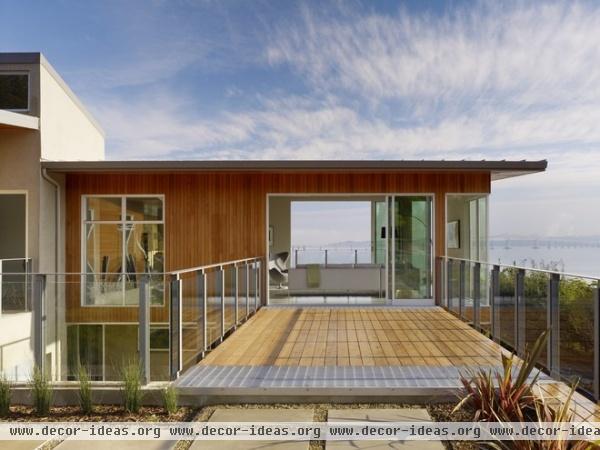
Benefits of LEED Certification
The benefits touch everyone involved. For the homeowner a voluntary certification like LEED for homes increases accountability for quality checks on the construction site, therefore decreasing the frequency of costly mistakes. Plus, according to the U.S. Green Building Council, LEED-certified homes use on average 20 to 30 percent less energy and water, with some homes reporting up to 60 percent less energy use than a home built to meet code minimums.
In addition to the decrease in monthly utility bills, many states and cities have tax breaks and incentives for environmentally friendly construction. While the LEED rating itself doesn’t address individual incentives, the requirements often overlap. In fact, the U.S. Department of Energy has a searchable Database of State Incentives for Renewables & Efficiency. You and your project team can look up federal and state incentives to give your budget a little boost.
Finally, if you ever need to sell your home, you can ask for a higher price for a LEED home than similar houses on the market. One study in California, for example, showed an 8 to 9 percent increase in the market value of green-certified homes.
Meanwhile, any builders wanting to set themselves apart should consider learning how to build according to LEED requirements. Most agree that there is a steep learning curve, but with more than 100,000 home units certified in the U.S. (and many more in the pipeline), it could set an experienced business even further apart from the crowd or help a new business leap ahead. The same goes for designers who want to show clients that they can be creative even within environmental parameters.
Costs of LEED Certification
It's difficult to pinpoint an exact percentage increase in construction costs that you are likely to see with a LEED home. It depends on what you are comparing it to. In an apples-to-apples comparison with a high-quality, uncertified construction that follows best-practice guidelines, the cost difference is hardly noticeable: maybe 2 to 5 percent higher).
In a comparison with the average home on the market that just meets the minimum building codes (apples to oranges in this little fruit metaphor), the percentage would be much higher: maybe 20 percent.
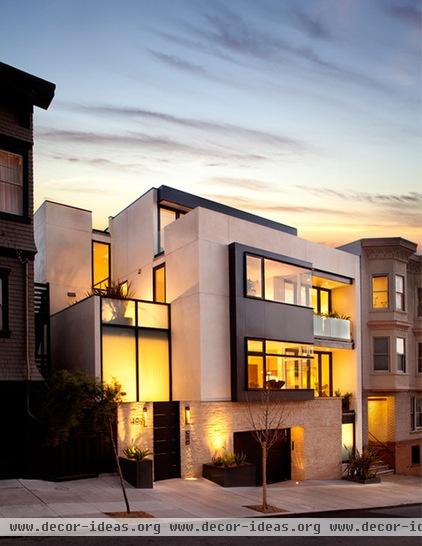
By earning points in eight categories, the finished house can achieve one of these ratings:
Platinum (90 to 136 points)Gold (75 to 89 points)Silver (60 to 74 points)Certified (45 to 59 points)Whether you are in the market for a LEED home or looking to build one yourself, understanding what goes into these scoring categories can help you formulate your questions for your real estate agent or home builder.
1. Innovation and Design Process (ID)
Points available: 11
Points earned for: Making sure that the home is sustainable, durable and cost efficient, with a well-rounded approach to the design.
Things to keep in mind: This category of credits is meant to see if you really mean it — if you really want to build a sustainable home or if you’re just looking for a quick certification. The lesson: Plan early and plan often. You need to get your project team on the same page as soon as possible and make sure that every professional involved is willing to use the best methods, rather than the easiest methods.
The design of your home should be integrated with the selection of your team. It should take into consideration the path of the sun and the use of solar heat to reduce consumption. The home should also be durable and high quality, not only to last you through the years, but also to provide a good base for whatever the future of building technology may hold.
2. Location and Linkages (LL)
Points available: 10
Points earned for: Selecting a sustainable location for your home. To be truly green, you must try to use an existing infrastructure.
Things to keep in mind: Urban infill projects located near transportation, services and public parks are the ideal candidates for this. This doesn't mean that your countryside cottage can't be LEED certified; you just may have to work harder in other sections to gain enough points.
The most straightforward way to earn points in this category is by purchasing land within an already certified LEED neighborhood.
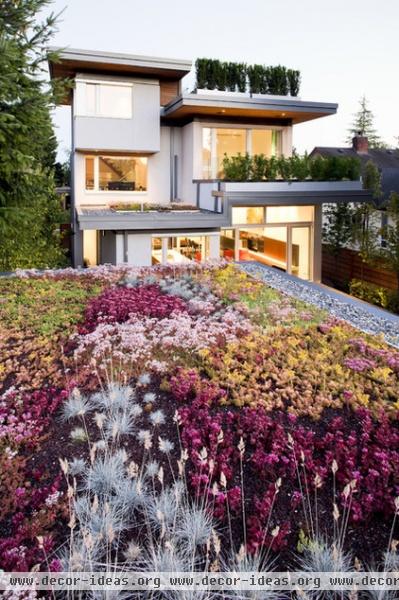
3. Sustainable Sites (SS)
Points available: 25 (minimum of 5 required)
Points earned for: Managing the effect of the construction process and landscaping on your piece of land and neighboring environments.
Things to keep in mind: There is a 5-point minimum requirement for this section, because the sustainability of a home doesn’t stop at the walls. To reduce your ecological footprint, you will need to look at your entire piece of land and even beyond. Your construction team will need to properly control erosion and storm water runoff to reduce the down the stream impact of building activities. In addition, your landscaping cannot include any plants that are considered invasive in your region.
To earn points in this category, your design needs to consider everything from landscaping to pest control. For example, you can earn points by using drought-tolerant plants and by using permeable paving systems to allow rainwater to filter naturally through to the ground. You can also use innovative technologies like green roofs (sometimes called living roofs) to increase the amount of green space on a small lot.
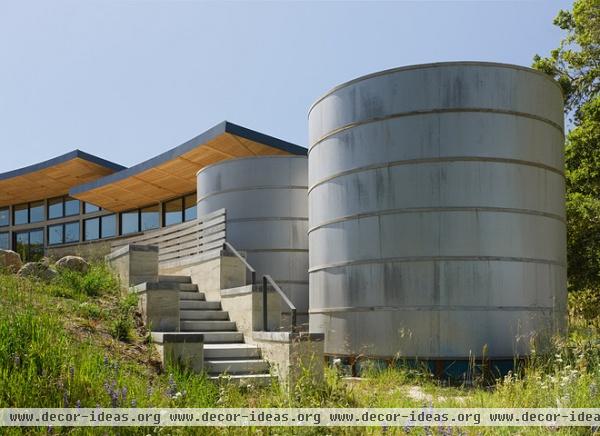
4. Water Efficiency (WE)
Points available: 15 (minimum of 3 required)
Points earned for: Conserving and using less water in and around the house.
Things to keep in mind: This category is fairly straightforward. But you do have to achieve at least 3 points. There are several easy fixes you can pursue, such as low-flow toilets and energy-rated appliances. Harvesting rainwater and using other sources of recycled water are rewarded, as is landscaping that has low irrigation needs (for example, it uses native plants adapted to your climate).
For a complete list of products that meet the guidelines of the Environmental Protection Agency (EPA) for water efficiency, including fixtures like faucets and showerheads, check out its Water Sense website.
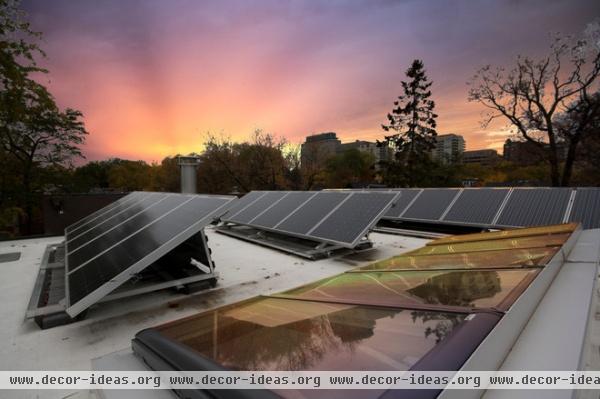
5. Energy and Atmosphere (EA)
Points available: 38
Points earned for: Building a more efficient home, which consumes less and cleaner energy.
Things to keep in mind: This is one of the most complicated categories, with a number of options for pursuing credit points and many mandatory measures. For example, all homes must meet the minimum requirements of Energy Star. Beyond that your project team can evaluate the energy efficiency of your designed home in a number of ways, including the Home Energy Rating System (HERS) or Title 24 Energy Code if you are located in California.
The goal of this section is basically to predict how energy efficient your home will be, based on factors such as insulation, air filtration, windows, heating and cooling, hot water, lighting, refrigerants and renewables.
The big question here is cost. Designing for excellent energy performance requires an increase in construction costs relative to an average home. More insulation and higher-quality windows can take their toll on the overall budget. Many LEED-certified homes achieve their ratings by picking up points in other categories and skimping on this one. The added costs of this category are also highly dependent on your local climate. For example, in hot and humid locations, good dehumidification can reduce the cost of cooling your home.
Keep this in mind when you are interviewing builders or looking at already certified homes. On completed constructions, it could be worthwhile to check the individual score out of 38 points in this group of credits. The long-term effect of an efficient home could be much more important to the utility-paying homeowner than to the cost-cutting builder. But remember that no two houses are the same, and no two builders. So it's always best to have a full understanding of the pros and cons of investing in your home’s energy efficiency given your particular climate.
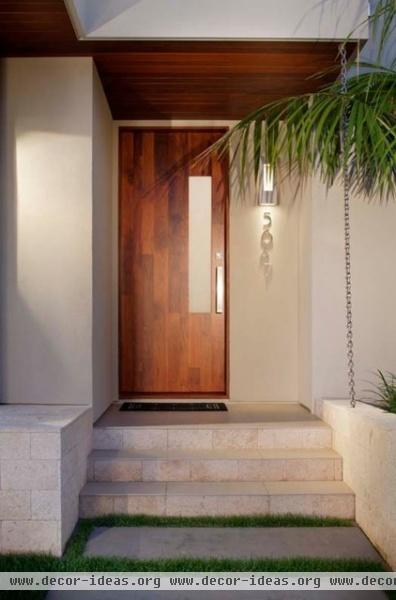
6. Materials and Resources (MR)
Points available: 16 (minimum of 2 required)
Points earned for: Reducing the demand of new materials and minimizing waste.
Things to keep in mind: This category of credits often gets a lot of attention from homeowners interested in recycled carpets and sustainably harvested wood flooring. While environmentally preferable products are certainly part of this section, there is also a strong focus on materials and resources used in the process of building.
Two out of the three main groups of credits in this category address construction waste. In the traditional American building industry, one of the largest waste components is discarded framing material. According to the National Resources Defense Council, the financial motivation to reduce wasted framing material is notable, even on an individual-home basis.
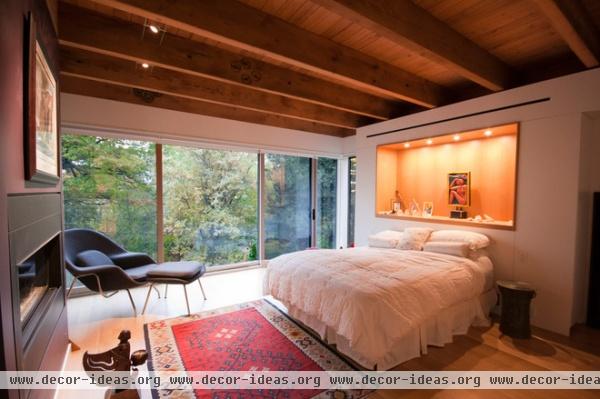
7. Indoor Environmental Quality (EQ)
Points available: 21 (minimum of 6 required)
Points earned for: Creating a healthy and comfortable indoor environment while managing pollutants properly.
Things to keep in mind: This is another big category, covering the overall sustainability of the project. The way you manage the air you breathe in your home can have huge effects on your overall health and comfort. This means, for example, choosing a fireplace that seals shut and paying special attention to kitchen and bathroom exhaust systems. Some other easy fixes to help improve indoor air quality are to keep garages detached and to install shoe-scrubbing mats at entryways.
As with other categories, this group of credits can be addressed by participating in a parallel program — in this case the EPA's airPLUS program.
People often ask about natural ventilation: "If I open up my windows, won't I have healthy indoor air?" Well, it depends on where you live. Naturally occurring pollens, levels of humidity in certain climates and pollutants from nearby constructions may still affect your health. Mechanical ventilation and filtration can be a good way to ensure high-quality indoor air.
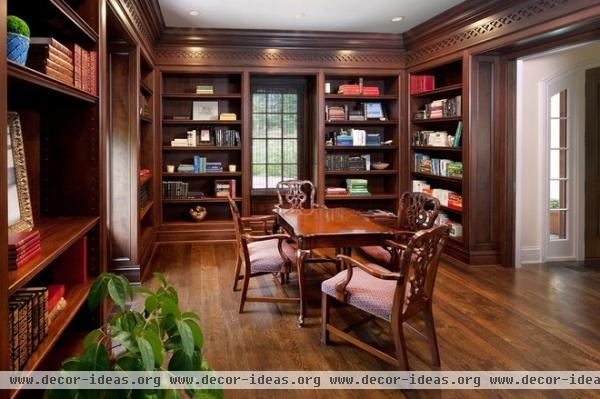
8. Awareness and Education (AE)
Points available: 3
Points earned for: Educating the homeowners and passing on knowledge about sustainable home building.
Things to keep in mind: A sustainably designed home has limited impact if you don’t know how to use it. As with any other product, your home should come with a user’s manual. Responsible owners of LEED-certified homes understand how the path of the sun affects the heat gain in their home, understand the importance of a durability checklist and understand the need to be familiar with their home's systems.
For an additional credit, you can then “pay it forward” by passing that information and knowledge on to others.
Are you thinking about building an LEED-certified house? Please tell us why in the Comments.
Related Articles Recommended












